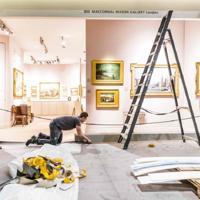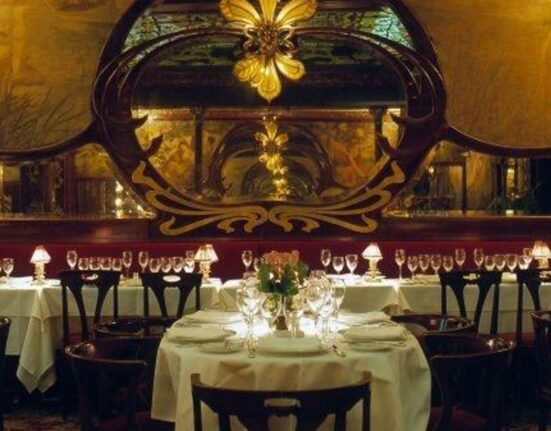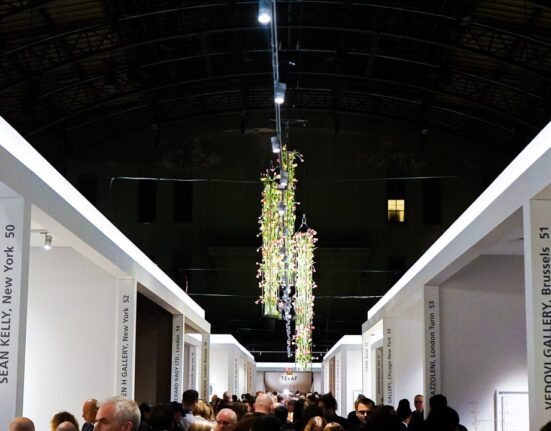Two years ago, I wrote about my visit to the tiny island of Murano Italy, a fifteen-minute boat ride from Venice. This is the home of the most famous artisans who create works of art in glass of all colors, shapes, sizes, and price. I purchased some unique glass art objects which should have been exempt from U.S. Customs duties. Unfortunately, the vendor did not supply the proper documentation and comply with specific requirements that met the criteria for originality in the creation of the such artworks. As a result, I experienced several problems with Customs and Border Protection (CBP) in the United States. I was required to file an appeal to challenge the imposition of duties and delays in delivery.
Last month, I revisited the company, Veneteria Estevan Rossetto 1950, in Murano to discuss updates in procedures for dealing with U.S. CBP documentation mandates and how the company had changed the way they handle shipments to avoid the problems that I had experienced. In part as a result of the difficulties I encountered, Rossetto and other members of their artisan cooperative is better able to comply with the rules to eliminate the need to reissue invoices for customers, thus avoiding the payment of import duty on art.
In my original transaction, the company had to reissue my invoice three times to allow the objects I purchased to be judged as original and therefore tax-exempt. Watch my interview with Roberto Lorenzon and Doriana Furlan, two of the managers at Rossetto, to discuss their current procedures to ensure that purchases will be cleared through customs without a delay, and without the imposition of unwarranted taxes.
Exemption from import duty for works of art
Original works of art that are hand-made, and antiques over one hundred years old are generally not subject to import duties. Souvenirs, machine-produced items, and non-original works will generally be taxed, both by federal and state jurisdictions.
In order to quality as tax-free, certain documents and language must be presented by the vendor and shipper for CBP to recognize the works as tax-exempt. And remember, the State taxing authorities have different rules that are not related to the nature and quality of the goods, but rather the imposition of Use Tax because the item was not produced or purchased in your home state. Local jurisdictions will be notified by CBP of the declared value of any shipment in order to compute your tax liability.
Vendors must provide the proper documentation with the shipment, especially for qualifying art objects. It is suggested that a statement from the seller must contain substantially similar language to that which appeared on my latest invoice. Because of the tourist trade in Venice, there is a special art Ministry that can inspect and certify original art for export. This is a procedure the vendor can follow to verify the authenticity, exact description, artist, original source, and uniqueness of anything you acquire. If you purchase anything of real value, make certain to insist that your seller follow these rules, especially for items from Venice or Murano, but the same rules apply throughout Europe.
Be certain that the following documentation is supplied by the vendor or artist:
Original works of art statement for duty free entry:
“(Shipping company) does hereby declare that I am the shipper of certain works of art, namely (see attached descriptive documents) covered by the annexed invoice dated ___, that any sculpture or statute included in this invoice are the original works or models or one of the first twelve castings, replicas, or reproductions made from the sculptor’s original work or model, and that any etchings, engravings, transfer processes which are included in the invoice were printed by hand from hand-etched, hand-drawn, or hand-engraved plated, stones, or blocks which include any woodcuts, lithographs, or prints made other than by hand”
In addition, there may be an official Ministry of Art to inspection document that describes each piece of art that certifies authenticity, originality, and that it is not a counterfeit and was produced in Italy or home country. For Customs clearance and duty-free treatment, customers should inquire as to the local procedures and insist they be followed, especially for costly artifacts. The vendor will provide photographs, price, description, full measurements, name of the artist, age, copy of the invoice, client name and address.
Any items that are purchased for shipment should be initialed by the buyer at the time of sale to assure that what they bought is what was shipped.
False statements as to price
If a buyer agrees, requests, or allows a vendor or shipping agent to misstate the price paid for imported objects, there are serious legal ramifications, including federal and state criminal and civil penalties, potential violation of insurance fraud statutes, forfeiture of all goods, and revocation of trusted-traveler status on Global Entry and TSA Pre-Check. A failure to list the actual price paid for art objects will also prevent the vendor from following the certification process for original art objects, which can also impact the ability to insure such goods in transit, and by Homeowners policies at home.
In order to avoid paying higher import duty, a vendor may ask if the buyer wants to split the charges on credit cards or in other ways show a lower cost of goods purchased on the invoice that is presented to Customs in order to reduce the apparent value and minimize the tax. No legitimate company will engage in such practice because of the potential penalties. While it may be tempting for buyers to avoid the payment of taxes, the risk of being caught far outweighs any benefits.
Failure to provide the proper documentation by the vendor or artist can cause Customs clearance delays in the United States. If you believe that objects were not properly evaluated by the authorities, there is an appeal procedure through your Customs Broker, which can take more than a year to process. All vendors will generally insure the artwork against damages, but the recipient must inspect, usually within three to eight days, and notify and document any irregularities. If the piece is damaged, it will usually be either repaired, replaced, or a refund provided.
The Federal statute 13 U.S. 305 “Penalties for unlawful export information activities,” defines both civil and criminal penalties for false statements, which can include up to five years imprisonment and a $10,000 penalty for each violation.
If the value of goods is under-declared and the items are subsequently covered by an insurance policy, the reporting of a loss can also trigger state insurance fraud statutes. In such a scenario, a discrepancy between the lower declared value for Customs and a higher value to an insurance carrier can create significant criminal liability after a policy is in effect.
Counterfeit works of art
Especially for Venetian glass works, it is highly recommended that any serious purchases be done in Murano, not in Venice or other parts of Italy or Europe. Counterfeits from China and Brazil are flooding the market, which now has the attention of authorities because it is hurting legitimate vendors. Most tourists likely will not be able to discern the difference between real and fake goods and may be buying inferior quality, mass-produced items, or counterfeits of expensive originals. Murano is the center for original works of art in glass, with the best prices. Significant markups will occur in Venice and elsewhere, so my advice: take the short boat ride or water taxi to the real factories and see what this six-hundred-year-old center has to offer. If you buy something, declare the actual price paid, pay any duties, and enjoy your purchases.






